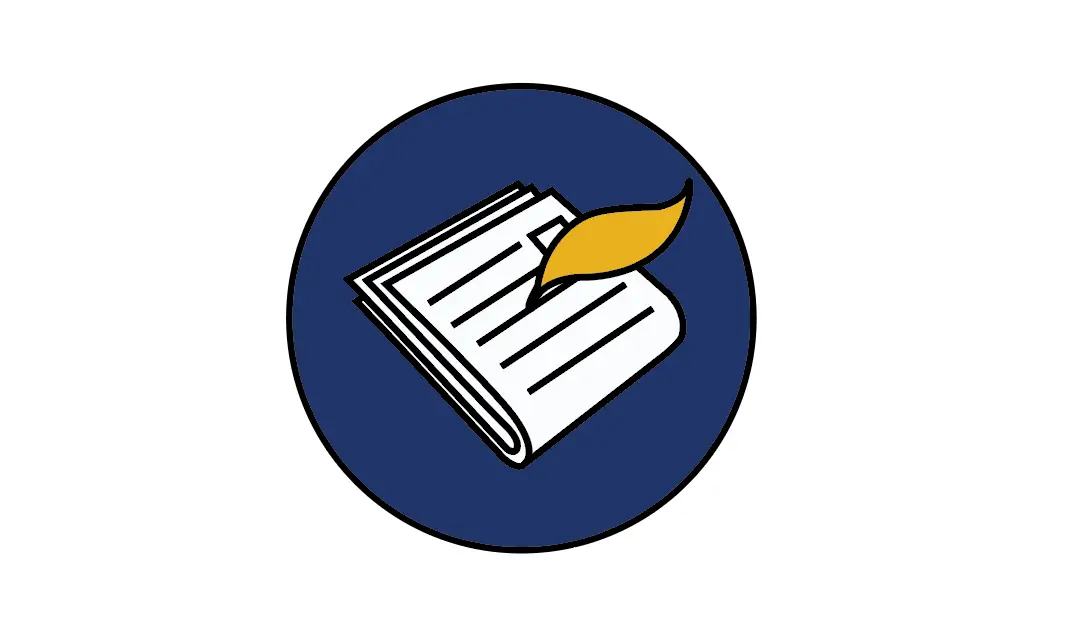It’s the beginning of the semester, students are registered for classes, they’ve paid their tuition, room and board, and other fees and then get slammed with the cruel reality that is having to paying for textbooks. According to the Bureau of Labor Statistics, the price of textbooks has increased 82% over the last decade. College Board estimates that students spend $1,200 on average each year on course materials. However, there are several tips and tricks can be used to cut that cost and put some money back in students’ wallets.
First, always check the syllabus. If the syllabus in any way unclear, email the teacher. Ask if the access code is required or if any materials listed are recommended and not required. Then, look and see if there are any older editions or volumes of the textbook. More often than not, the older versions are less expensive than most up-to-date versions. Check with the professor first to see if it is okay as the content and pages don’t always match up.
Also, don’t buy anything until comparing the prices. Since this can be a tedious task, there are several websites that will do price comparisons such as Slugbooks. com and campusbooks.com. These show a specified seller which may either be a company or third-party seller.
Always be careful when renting or buying from a third-party seller as not everyone is honest. Always check their ratings and reviews before purchasing from them. Some popular websites to order textbooks from are: Chegg.com, Amazon.com, BarnesandNoble.com, and Half.com.
Don’t rule out renting. When renting textbooks, they are due by a specific date at the end of the semester. They can be extended for an additional cost if needed. The huge benefit to renting is that it only costs a fraction of what it does to buy it. A word of caution, for students who are hard on textbooks, such as excessive highlighting or coffee rings, renting probably isn’t the best option.
There is also often an option for E-textbooks. Since the entire book is electronic it can be taken on the go without the worry about carrying it around, and it often comes at a lower cost than buying the physical book.
Students can also take the childhood lesson to heart and try sharing. Taking the same class as a friend did last semester? If the same book is required, ask to have their book and pay them directly for it. It will save time and money and that friend can get some cash back as well. Students can also split the cost of a textbook with a friend they are taking the same class with. But it is important to avoid conflict and create a schedule that works for both people.
Finally, there is buyback. Several websites such as Amazon.com and Chegg.com will sometimes buy textbooks back at the end of the semester. Or, there is also the option to put up for sale on websites such as Half.com and Amazon.com.




